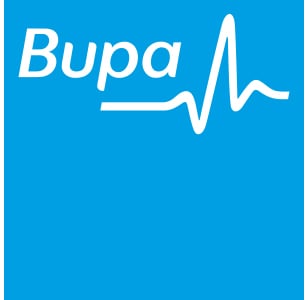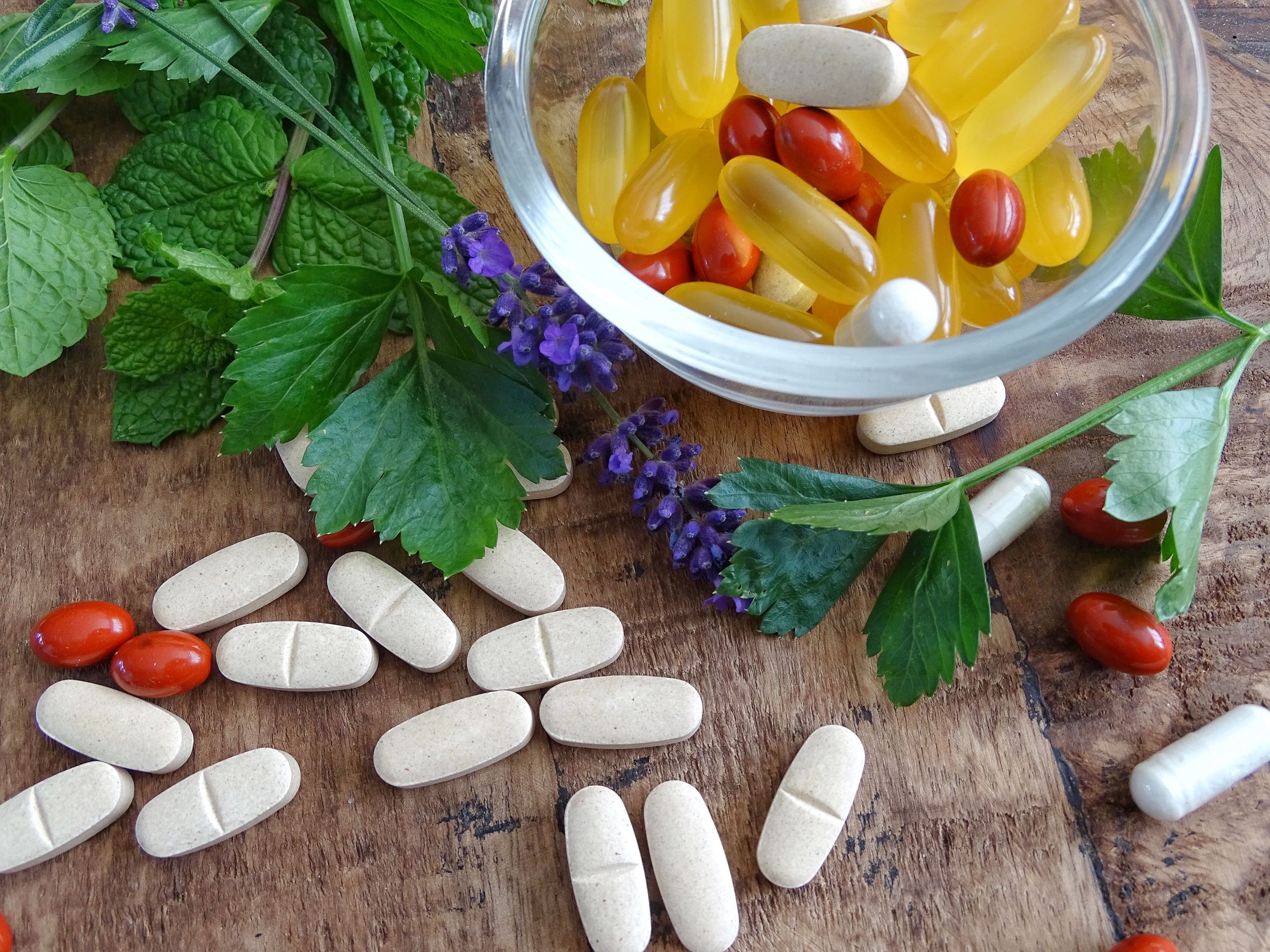As we spend more time in the sun this summer, it’s essential to be aware of the risks the sun has on our skin. Did you know that skin cancer is the most common form of cancer in the UK?
From causes of skin cancer to treatments and prevention, we’re delving into skin safety and how to enjoy the sun whilst minimising risks.
What causes skin cancer?
The most common cause of skin cancer is sun or UV ray exposure. Nine out of 10 skin cancer cases are caused by UV rays. It’s important to note that the damage comes from the UV rays, meaning that spending time on sunbeds substantially increases risks of skin cancer. One sunbed can increase your risk of developing squamous skin cancer by 67%, according to the World Health Organization.
There are some factors that can increase your risk of skin cancer including: accumulated exposure to UV radiation, pale or freckled skin that burns before it tans, red or fair hair, blue, green or grey eyes, a large number of moles, a history of sunburn and past use of sunbeds.
According to The Irish Cancer Society, everyone who spends time outdoors is at risk of developing skin cancer, not just those who sunbathe, which is why it's essential to always monitor the UV index and be prepared with sunscreen and protection.
How does UV cause sun damage?
UV is a form of energy that the sun produces. It contains Vitamin D which our body needs and can be great for our health, but it’s also essential to stay protected from UV rays as they are responsible for skin damage and potentially cancer.
When the UV rays hit our unprotected skin they enter our skin cells, which can affect the skins growth and appearance, which causes the skin to damage as a result.
There are two types of UV which can have an affect on our skin and health:
- UVA rays are longer and can travel more deeply into your skin, causing wrinkles, burns or tanning the skin. Over exposure to UVA can lead to skin cancer.
- UVB rays can damage the outermost layers of skin, it can cause sunspots and blisters and can be responsible for sunburn. It also poses a skin cancer risk.

Having sun damaged skin does not necessarily mean someone will get skin cancer, however, continuing to spend time in the sun without protection increases the risk.
Sun damaged skin is also known as photoaging, which is the process of the sun prematurely and sometimes dangerously aging the skin. Whilst sun damage cannot be reversed, prevention is the next best thing to stop further damage to skin.
Signs of sun damaged skin include: wrinkling, age spots, liver spots and freckles, loss of skin tone (decreased elasticity), a rough, uneven skin texture and redness.
When we tan, this is a reaction to damaged skin cells that have been exposed to too much radiation. So even if you’re not burnt or blistering, you are still exposed to the negative effects of UV radiation.
Types of skin cancer
Knowing the different types of skin cancer can help to identify the severity of skin cancer and the risks. Macmillan UK highlight three main types of skin cancer, they are named after the type of skin cell they start from.
- Basal Cell Carcinoma (BCC) is a non-melanoma skin cancer. This is the most common type of skin cancer and 80% of skin cancers diagnosed in the UK are BCCs. Nearly everyone with a BCC who has treatment is cured. They are very slow growing and rarely spread to other parts of the body.
- Squamous Cell Carcinoma of the skin (SCC) is another non-melanoma skin cancer and the second most common type of skin cancer in the UK. Most people treated for SCC are completely cured. They are usually slow growing and if left untreated can spread to other parts of the body.
- Melanoma is a cancer that usually starts in the skin, it can start in a mole or on normal-looking skin. It can spread to other parts of the body and is considered the most dangerous skin cancer due to its ability to spread. Only 20-30% of melanomas are found in moles, whilst 70-80% are found in normal-looking skin. – Skin Cancer Foundation.
Symptoms of early stages of skin cancer
Skin cancer symptoms can vary and look different for different people and skin types.
Some common symptoms of skin cancer include a sore or area of skin that:
- Doesn’t heal within four weeks
- Looks unusual
- Hurts, is itchy, bleeds, crusts or scabs for more than four weeks
The main symptom of non-melanoma skin cancer is a growth or unusual patch on the skin. These are most commonly found on areas exposed to the sun such as: head, face and ears, neck and shoulders, back, hands and lower legs.
New moles or changes to moles can be a sign of melanoma. This includes moles with an uneven shape or edges, a mix of colours and large moles.
It’s important to remember to consult your GP if you have any symptoms or worries about skin cancer.
Advanced signs of skin cancer
In more severe cases such as advanced melanoma, symptoms can be more noticeable as they spread to other parts of the body. From Cancer Research UK, symptoms to be aware of are:
- Pain in the area of the cancer
- Tiredness and feeling unwell
- Loss of appetite
- Bowel problems, including diarrhoea or constipation
- Feeling or being sick
- Feeling breathlessness
- Swollen tummy
Melanoma can spread anywhere in the body, but the most common places include:
- Lymph nodes
- Lungs
- Liver
- Bones
- Brain
- Abdomen
How is skin cancer treated?
Typically, the most common way to treat skin cancer is with surgery. For BCC and small skin cancers, an excisional biopsy is usually used and can even be done in a GP surgery if the doctor has the specialist training. This approach involves cutting the cancer away, it may also involve cutting healthy skin surrounding it to make sure they have taken all the cancer away.
Another cancer treatment is Mohs Micrographic surgery (MMS). This usually involves being referred to a hospital where the doctor will cut away the cancer area, along with a small amount of healthy tissue. This tissue then gets sent to a laboratory where a microscope will be used to check if there is any cancer left in the tissue. If there is, the doctor will repeat the process until they receive confirmation that is has all been removed.
Larger skin cancers require different surgeries. Wide local excision involves removing a larger area of healthy tissue and skin if a doctor believes there could still be cancer in the tissue near to the skin cancer. If a large area of skin is removed, a skin graft or skin flap may be required which will replace the skin lost.
Staying safe
Some of the simplest and most effective ways to protect yourself and enjoy the sun safely are:
- Seeking shade between 11am and 3pm
- Using at least SPF 30 and 4-star UVA protection
- Protecting your eyes and cover exposed skin with light weight clothing
- Keeping an eye on the UV index and know that if it’s three or above you should be wearing sunscreen
- Not letting yourself get burnt
Learn more about staying safe in the sun in our blog.
It’s important to be aware of how your skin typically looks so you can easily identify any changes. As UV can still cause damage on colder and cloudy days, it’s advised to regularly check the UV index and have sunscreen ready all year around. Regularly checking yourself and the areas of skin that are often exposed to the sun (arms, legs, face, neck, head and hands) can help to spot early signs of skin cancer symptoms. If you find anything new, changing or unusual it’s best to get it checked out with your GP.
Here’s some tips to get set up for a skin self-examination as recommended by Cambridge University Hospitals:
- Check in a room with plenty of light
- Use a full-length mirror and a hand-held mirror
- Check thoroughly from head to toe
- Raise your arms and check your left and right sides
And look out for the symptoms that have been identified previously in the blog.

Support and more information
It’s important to be aware of the effects of sun damage on our skin and the risks of skin cancer. Even though we may not be sunbathing or realise we need protection, know the risks and how to spend time in the sun safely. Here are some of the best support services for more information and resources about skin cancer:
Related Posts
Get a quote!
Compare the best health and life insurance policies on the market by filling in the short form below.
Thank you, John
We will be in touch shortly to run through your free tailor-made quote from UK’s leading insurers. Our prices won’t be beaten with our best price guarantee.
At Usay we take your data security very seriously and we will not sell your data to third parties. By clicking search now you agree to allow us to contact you regarding your free, no obligation quotation by email or phone. Please see our Privacy Policy and general terms.










